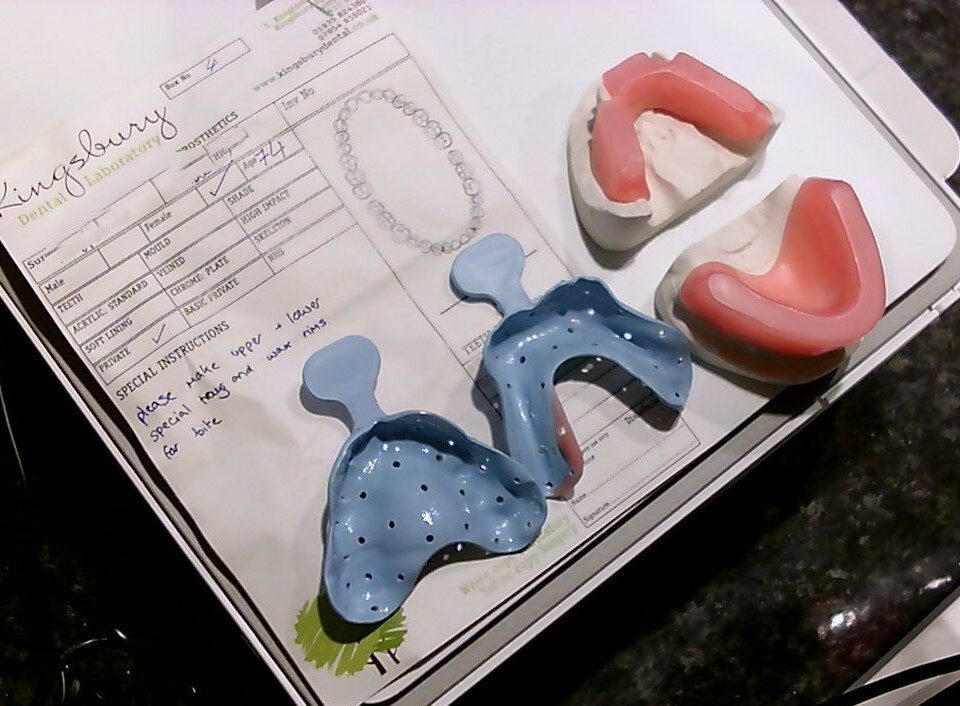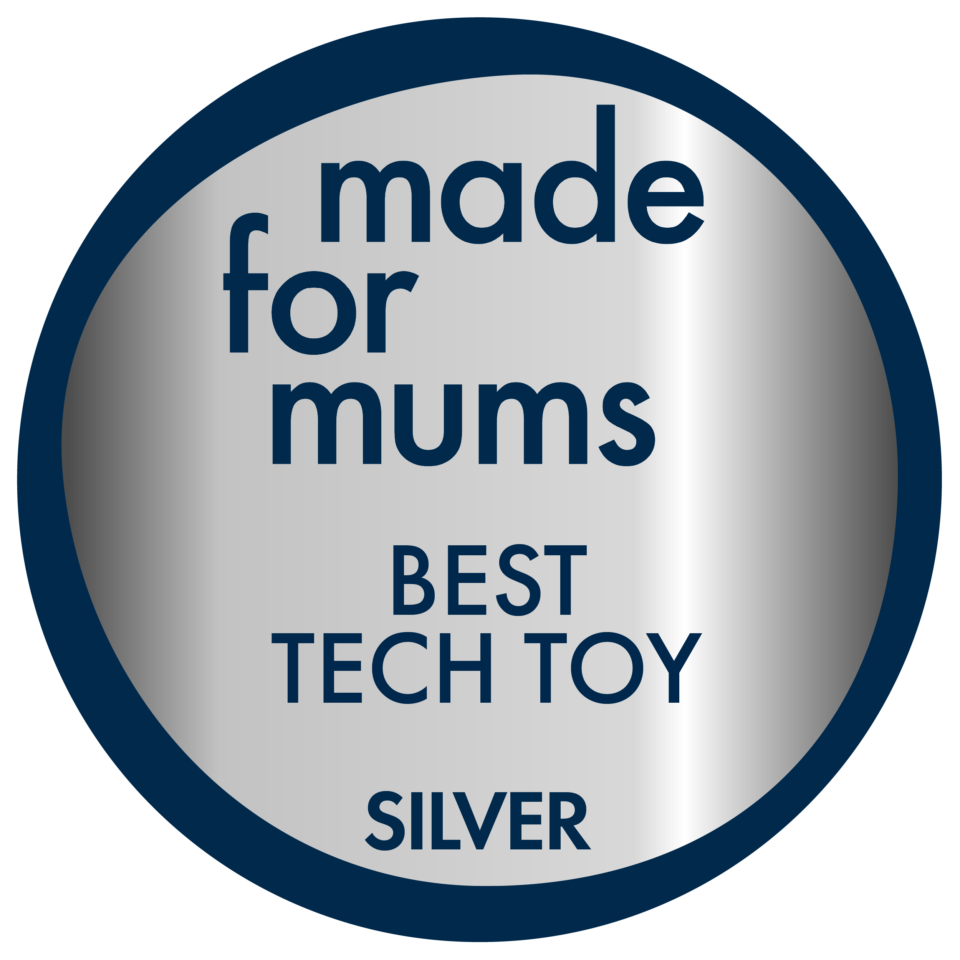
Using the HUE HD Pro document camera as a microscope

Rendez vos cours plus dynamiques et interactifs avec la HUE HD Pro
Note: An English translation is below.

Sobre o Chef Pedro Sommer
O Chef Pedro Sommer é casado, tem 3 filhos e é uma pessoa feliz e realizada.
Atualmente tem a sua empresa SOMMER COOK – onde dá formação de cozinha em nome próprio, faz team buildings para empresas, presta consultoria para restaurantes e hotéis, entre outras atividades.
É Formador de Cozinha na Escola de Hotelaria e Turismo do Estoril (EHTE) nos cursos de Culinary Arts e Gestão e Produção de Cozinha e na Associação de Cozinheiros Profissionais de Portugal (ACPP), em Lisboa, no Curso de Cozinha Profissional.
No seu currículo constam ainda, passagens por vários locais de referência, como o Hotel Ritz Four Seasons em Lisboa, Hotel Bairro Alto em Lisboa ou o The Dorchester Hotel, em Londres, onde teve o privilégio de servir a Rainha Isabel II e o humanitário Nelson Mandela.

Como ferramenta de trabalho, de que forma é que a câmera HUE HD Pro ajudou nos workshops híbridos (online e presencial)?
“Ajudou muito, pois a versatilidade da câmera permitiu, durante o curso, mostrar vários ângulos e vários planos de cozinhados, que uma câmera normal não permite com tanta rapidez e eficácia. “
Qual é a sua característica preferida da câmera e porquê?
“Posso dizer que gostei de tudo! Permitiu, por exemplo, estar a cozinhar dois pratos no fogão em simultâneo e mover a câmera para mostrar primeiro um e depois o outro, de forma imediata. Um outro exemplo, tirando partido do pescoço flexível da câmera, enquanto fazia corte numa tábua conseguia mostrar, mesmo ao lado, outra preparação no fundo de uma tigela. Sempre que precisava de mostrar planos difíceis a flexibilidade da câmera permitia fazê-lo facilmente.”

3 dicas rápidas na cozinha!
1) Aproveite as cascas dos legumes como a cebola, a cenoura, a parte verde do alho francês ou as sobras de talos de ervas e faça um caldo, fervendo cerca de 20 minutos. Aproveite esse caldo e use para fazer arrozes, massas ou guisados.
2) Se assar uma peça de carne, pré aqueça sempre o forno, mas nunca com uma temperatura elevada. Em vez de cozinhar uma carne a 180ºC, por exemplo, experimente cozinhar a 150ºC, mas durante um pouco mais de tempo. Desta forma vai manter uma carne suculenta e bem cozinhada.
3) Quando cozer legumes, como cenouras, couve flor, feijão verde ou brócolos, por exemplo, coloque uma panela com água abundante ao lume com sal e quando ferver, coloque os vegetais, por famílias, isto é, só cenouras, só a couve flor, etc, deixando cozer até ficarem crocantes.
Para verificar se os legumes estão crocantes e com uma boa textura espete uma faca pequena nos legumes e, se não oferecer resistência mas não ficar com o legume preso na sua ponta, pode retirar com a ajuda de uma escumadeira.

Mais informação sobre o Chef Pedro Sommer e próximos cursos visite:
Sommercook (Website)
Facebook
Instagram

Chef Pedro Sommer is married, has 3 children and is a happy, fulfilled person.
His company SOMMER COOK holds cooking classes, organises team building activities for companies and provides consultancy for restaurants and hotels, among other activities.
He is a Chef instructor at Estoril Higher Institute for Tourism and Hotel Studies (Escola Superior de Hotelaria e Turismo do Estoril – ESHTE) in Culinary Arts and Cooking and Food Production degrees, as well as in the Professional Cooking course taught at the Associação de Cozinheiros Profissionais de Portugal (ACPP) in Lisbon.
His curriculum also includes relevant professional experiences at the Ritz Four Seasons Hotel in Lisbon, the Bairro Alto Hotel in Lisbon or The Dorchester Hotel, in London, where he had the privilege of serving both Queen Elizabeth II and the humanitarian Nelson Mandela.
How did the HUE HD Pro camera help you to present your workshop online?
“I found it really helpful because, thanks to the camera’s flexibility, I was able to film different dishes from lots of different angles at the same time which would not have been possible with a regular camera, at least not so easily and effectively.”
What was your favorite camera feature and why?
“I can say that I liked everything! It allowed me, for example, to be cooking two dishes on the stove at the same time and move the camera to show first one and then the other, immediately after. Another example would be how I was able to show me chopping something on a board and right next to it, preparing something else in the bottom of a bowl. Whenever I needed to show difficult shots, the camera’s flexibility made it easy to do so.”
Here are some brief cooking tips:
1) Use the skins of vegetables such as onions, carrots, the green part of the leek or leftover herb stalks and make a broth, boiling it for about 20 minutes. Enjoy this broth and use it to make rice, pasta or stews.
2) If you are roasting a piece of meat, always preheat the oven but never to a high temperature. Instead of cooking meat at 180ºC, for example, try cooking it at 150ºC, but for a little longer. This way you will keep the meat succulent and well cooked.
3) When cooking vegetables, such as carrots, cauliflower, green beans or broccoli, place a pan with plenty of water on the heat with salt and when it boils, place the vegetables by families (only carrots, only cauliflower etc) and cook until they are crisp.
To check if the vegetables are nearly ready but still firm, stick a small knife in the vegetables. If there is no resistance but the vegetable does not stick to the knife, you can remove it with the help of a slotted spoon.
For more information please visit Chef Pedro’s websites:

Find out more, subscribe to our blog, download resources, contact us or follow us on social media.



